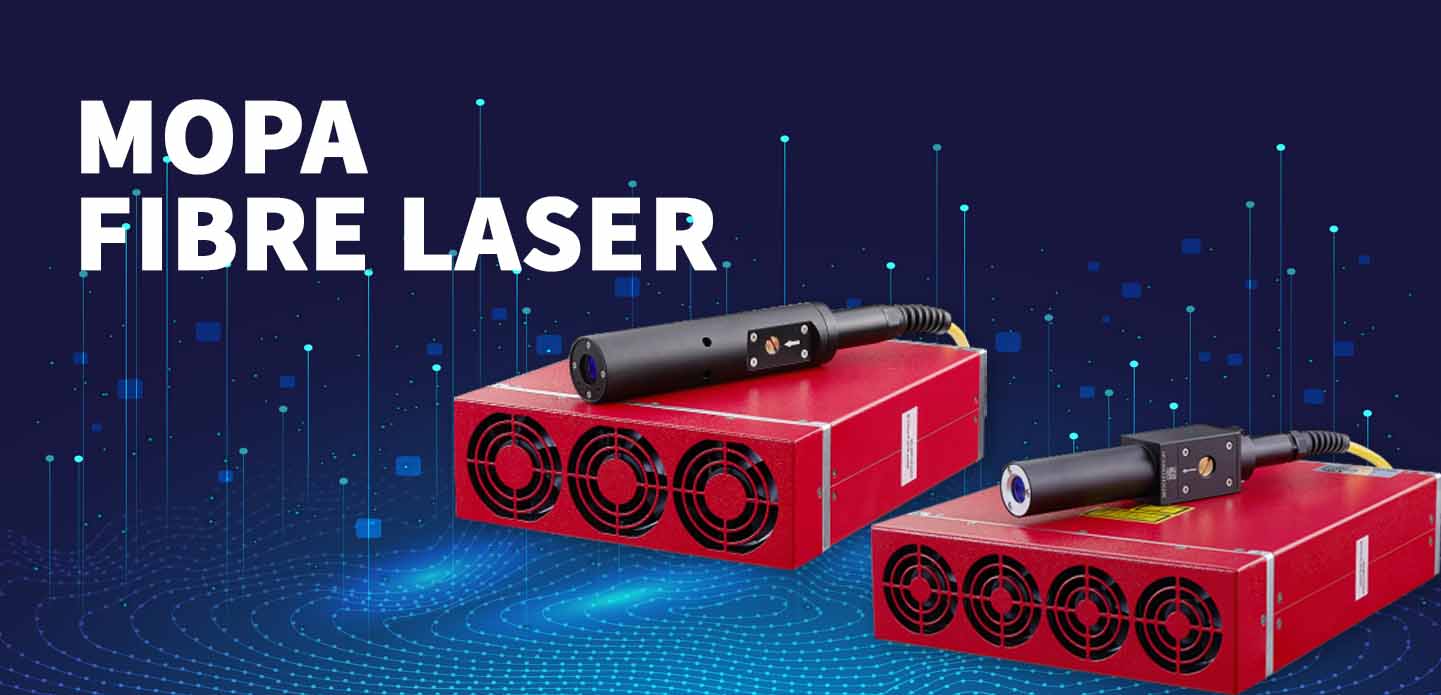In recent years, fibre laser technology has emerged as a cornerstone in various industrial sectors, revolutionizing precision manufacturing and materials processing. Among the different types of fibre lasers, the MOPA (Master Oscillator Power Amplifier) fibre laser stands out due to its unique capabilities and enhanced performance characteristics. This article will delve into the applications, advantages, and future of MOPA fibre laser technology, highlighting why it is becoming a go-to solution for many production processes.
Understanding MOPA Fibre Laser Technology
MOPA fibre lasers are composed of two main components: the master oscillator, which generates the initial laser beam, and the power amplifier, which increases the intensity of the beam for various applications. Unlike traditional continuous-wave fibre lasers, MOPA lasers can produce a range of pulse durations and peak powers, making them particularly effective for a wide array of applications, from marking and engraving to cutting and welding.
Key Advantages of MOPA Fibre Lasers
1. Versatility in Pulse Duration
One of the most significant advantages of MOPA fibre lasers is their ability to adjust pulse duration and frequency dynamically. This feature allows operators to modify the laser settings for specific materials and thicknesses, enhancing precision, efficiency, and finishing quality. The flexible pulse duration also enables fine processing of delicate materials without causing damage.
2. High Peak Power
MOPA fibre lasers can achieve incredibly high peak powers while maintaining a compact footprint. This power is essential for effectively processing various materials including metals, plastics, wood, and ceramics. In applications such as cutting thicker metals or creating deep markings on surfaces, the high peak power translates into faster processing times and greater throughput.
3. Improved Beam Quality
The design of MOPA fibre lasers allows for a higher-quality beam compared to traditional lasers. A superior beam profile leads to a concentrated focus that improves cutting accuracy and reduces the heat-affected zone. This advantage minimizes warping or distortion in sensitive materials, which is crucial in the electronics and aerospace industries where precision is paramount.
4. Reduced Thermal Impact
MOPA fibre lasers are particularly advantageous in applications where the thermal impact on materials must be minimized. The pulsed operation allows for localized heating, which means that the surrounding material experiences less thermal distortion. This characteristic is essential for industries like automotive and electronics, where material integrity is critical.
Applications of MOPA Fibre Lasers
1. Marking and Engraving
MOPA fibre lasers have made significant strides in marking and engraving applications across sectors like jewelry, automotive, and medical devices. They create high-contrast, precise, and permanent markings that are difficult to achieve with traditional methods. This precision is essential for creating barcodes, QR codes, and other identifying markings on products.
2. Metal Cutting
MOPA technology provides the capability to cut through various thicknesses of metals with high precision. Their ability to adjust pulse duration enables cleaner cuts with reduced kerf, resulting in less waste material and lower operational costs. Industries such as metal fabrication and manufacturing are reaping benefits from these capabilities.
3. Welding
The adaptability of MOPA fibre lasers extends to welding processes, allowing for the joining of dissimilar materials and producing stronger welds with minimal distortion. Applications range from automotive body assembly to electronics manufacturing, where precision welding is crucial for product reliability.
4. 3D Printing and Additive Manufacturing
The integration of MOPA fibre lasers into 3D printing technologies is pushing the boundaries of what is possible in additive manufacturing. By providing precise energy control during the fusion process, MOPA lasers help in producing complex geometries with exceptional surface quality.
The Future of MOPA Fibre Laser Technology
As industries continue to demand higher precision and efficiency in manufacturing, MOPA fibre lasers will play an increasingly critical role. Innovations in laser technology, including better energy efficiency and more robust designs, are likely to enhance the capabilities of MOPA systems. As manufacturers embrace automation and Industry 4.0 principles, the demand for MOPA fibre lasers is expected to rise, solidifying their place as an indispensable tool in modern manufacturing.
In conclusion, MOPA fibre laser technology is transforming the landscape of precision manufacturing and materials processing. Its versatility, advanced capabilities, and high performance make it a preferred choice for diverse applications across numerous industries. As technological advancements continue to unfold, the influence of MOPA fibre lasers will undoubtedly expand, leading to enhanced manufacturing processes and product quality in the years to come.
由投稿用户稿件整理稿件发布,不代表本站观点及观点,更多交流学习之用,如涉及版权等问题,请随时联系我们(yangmei@bjjcz.com),我们将在第一时间给予处理。






